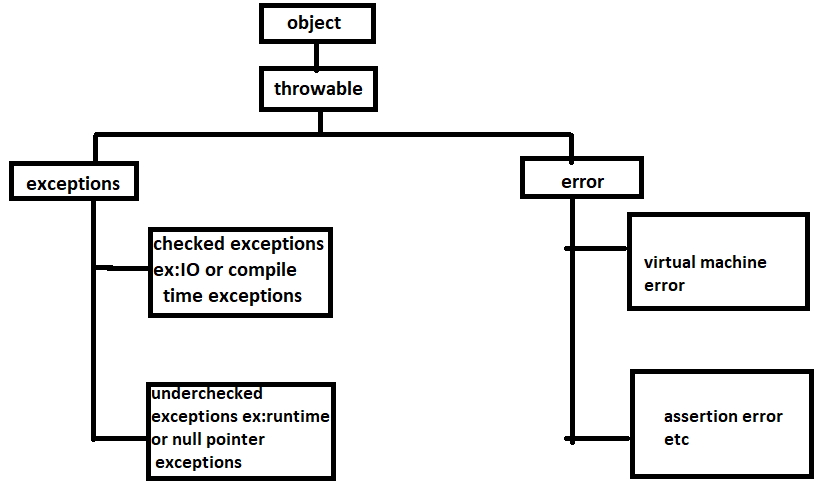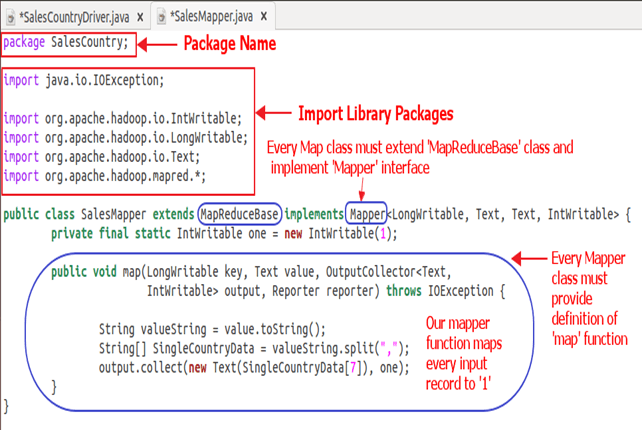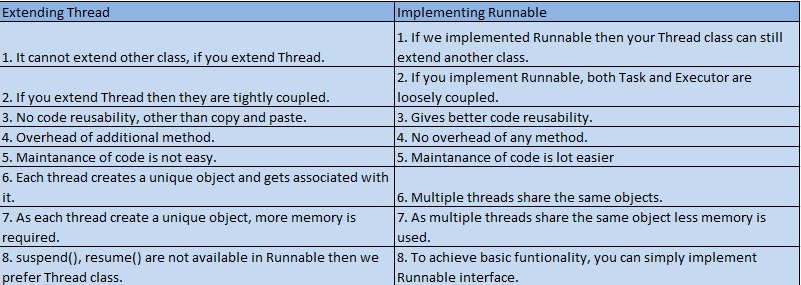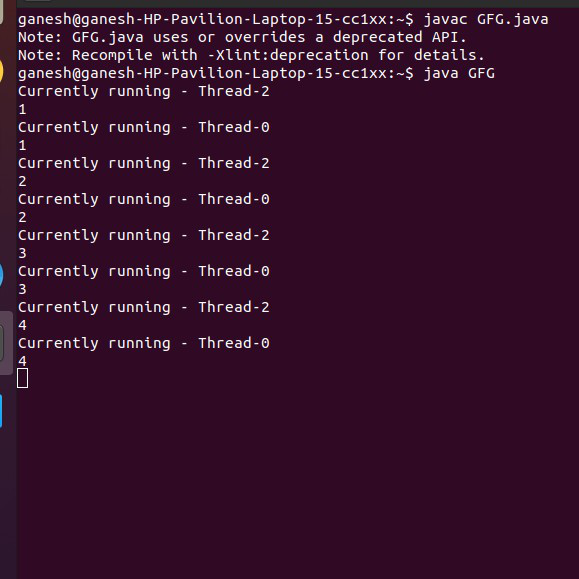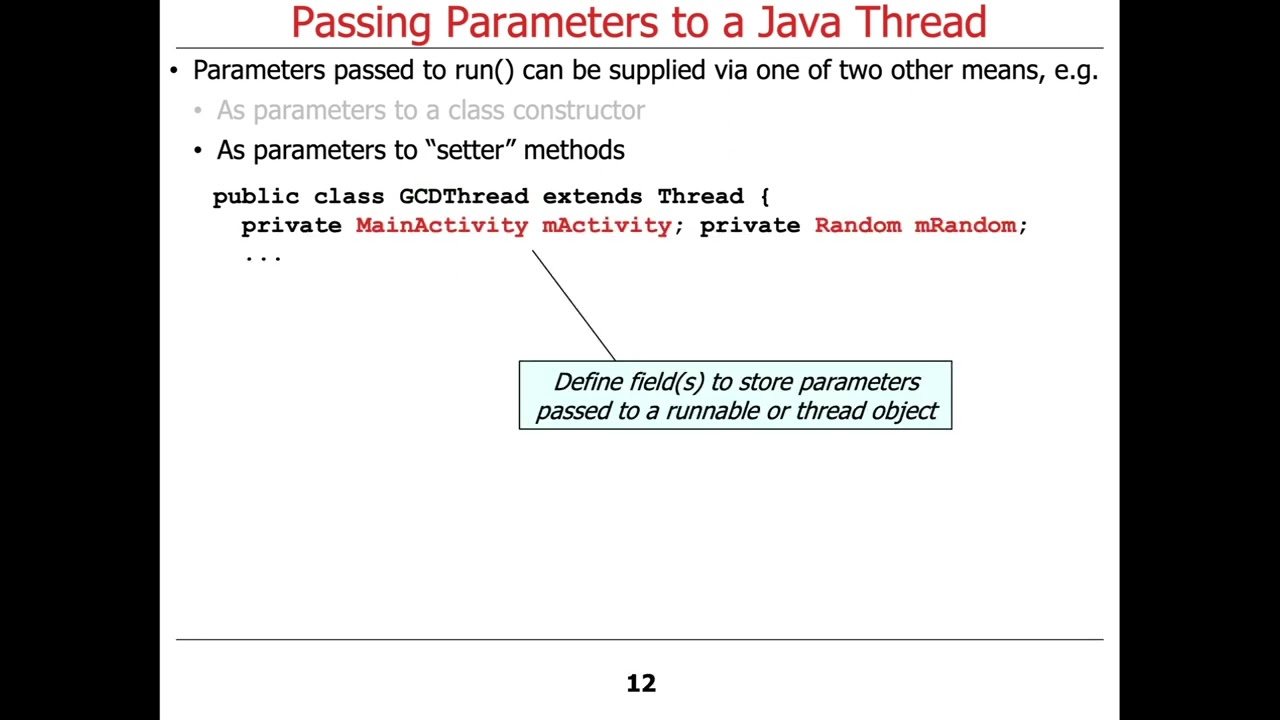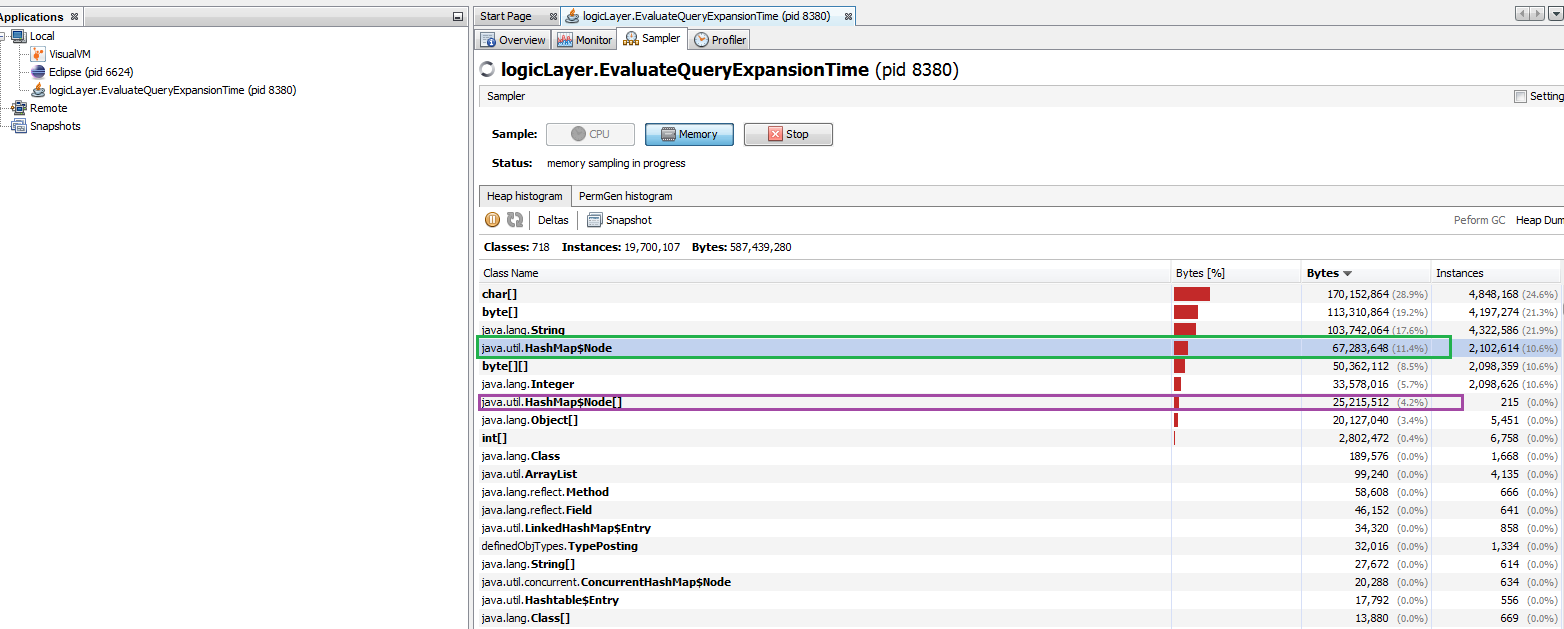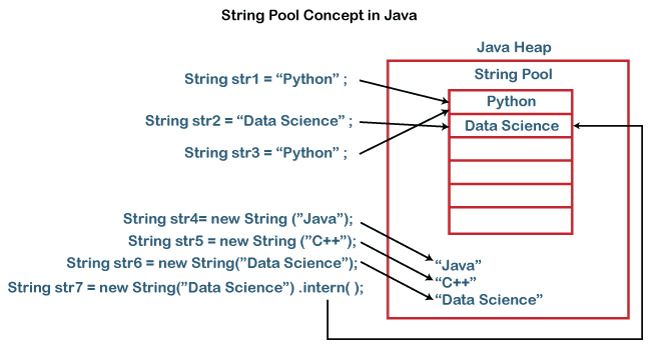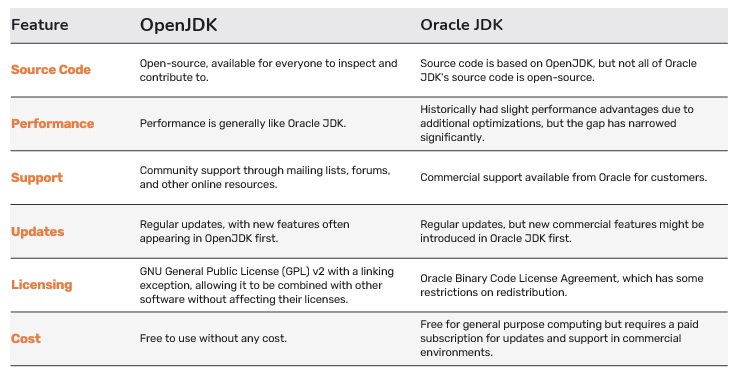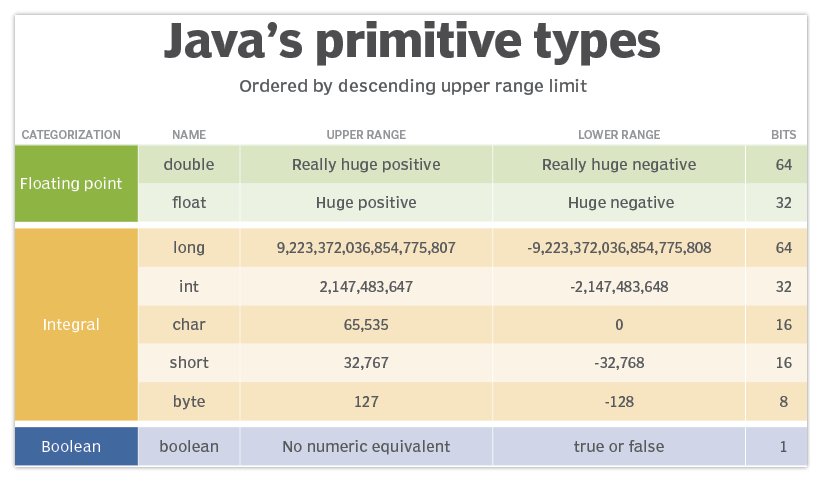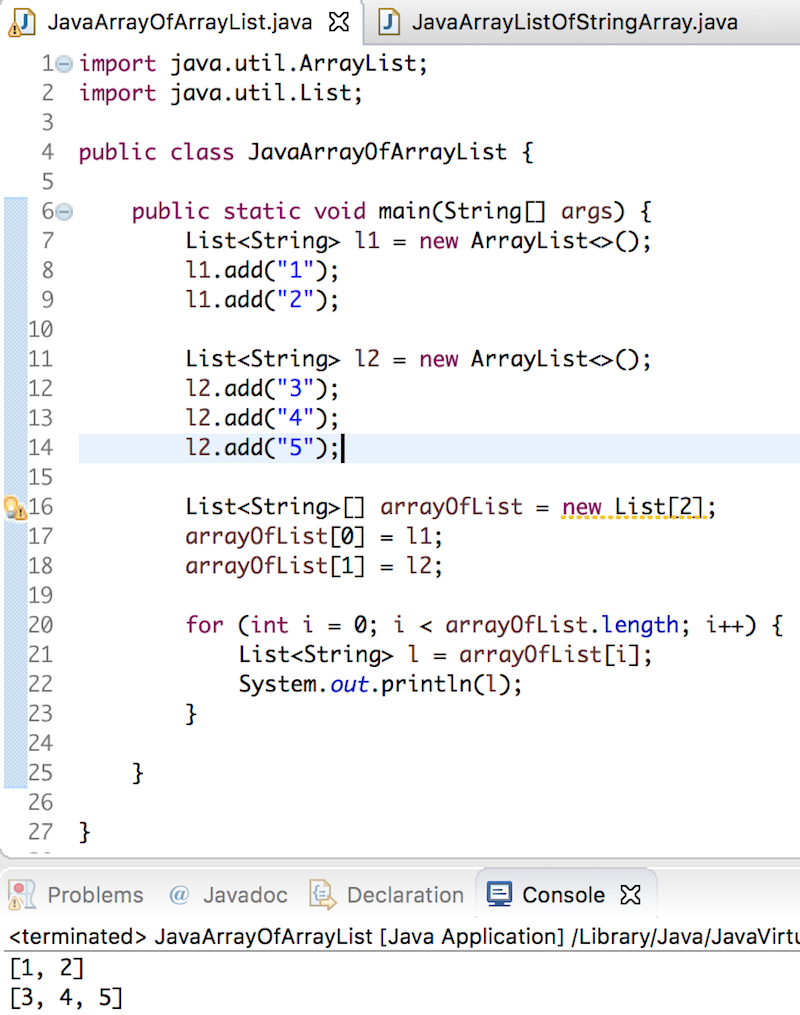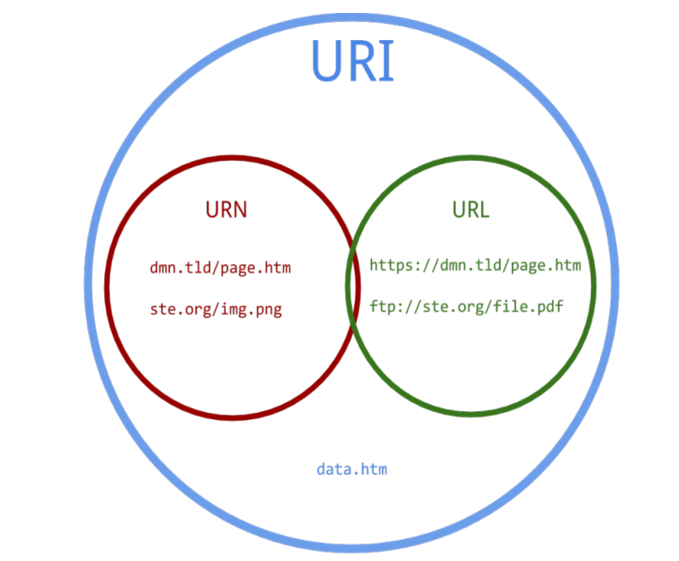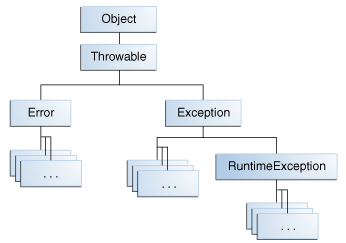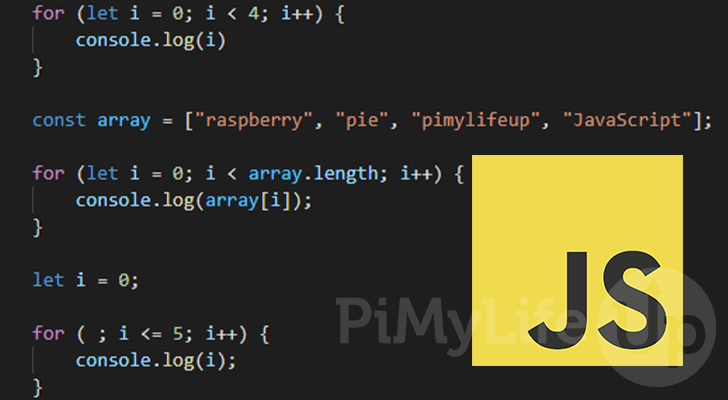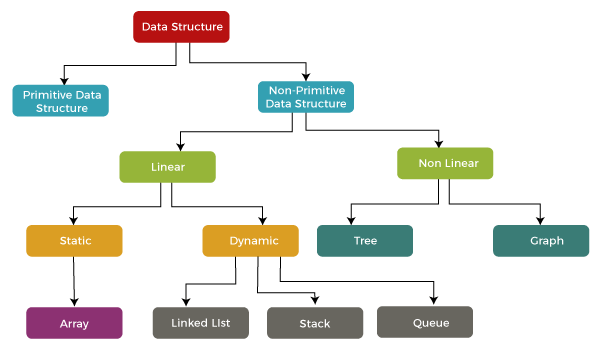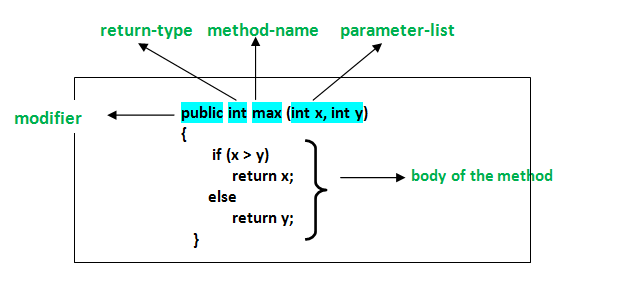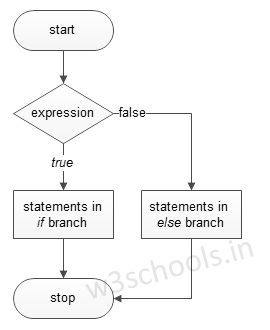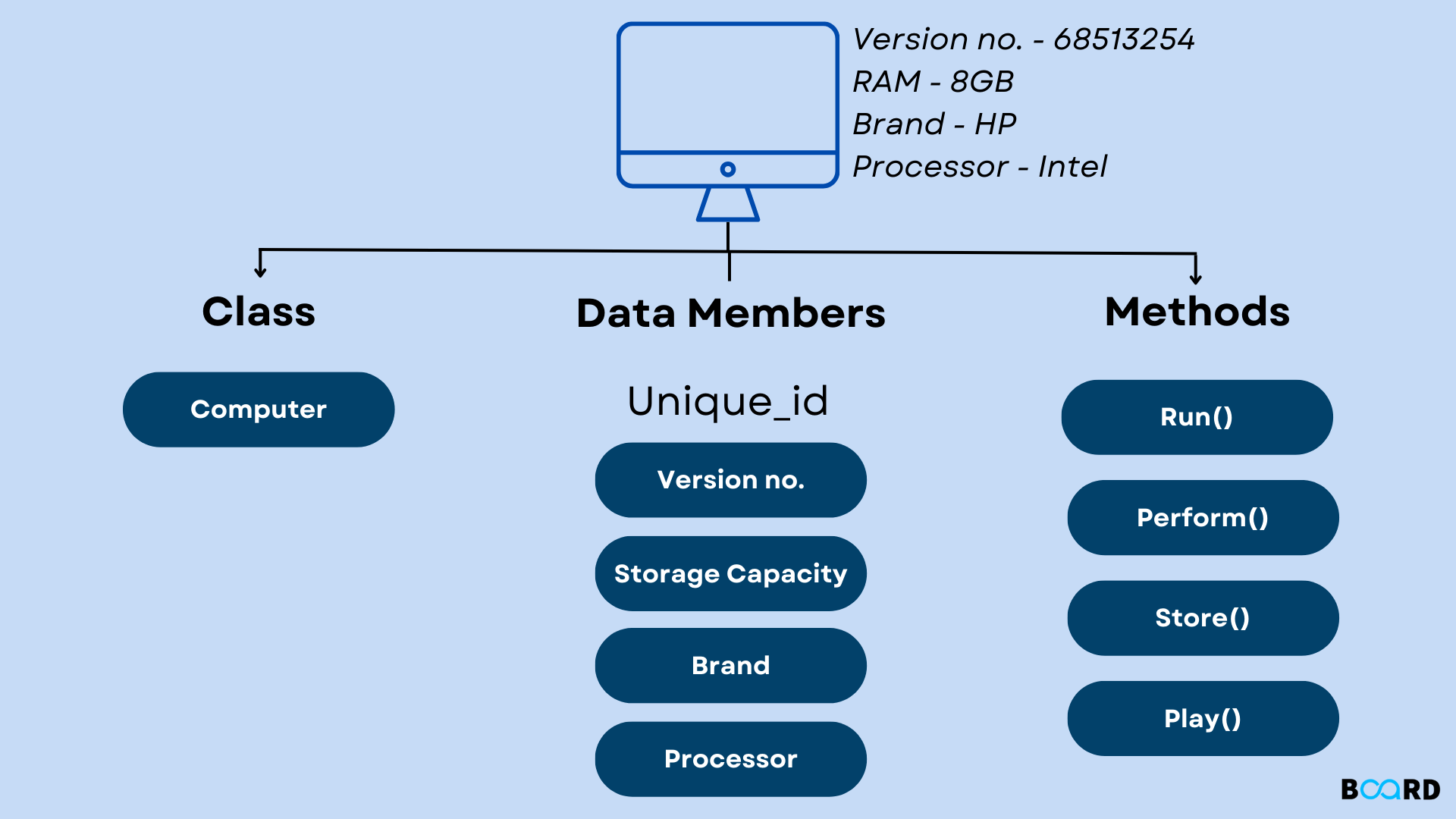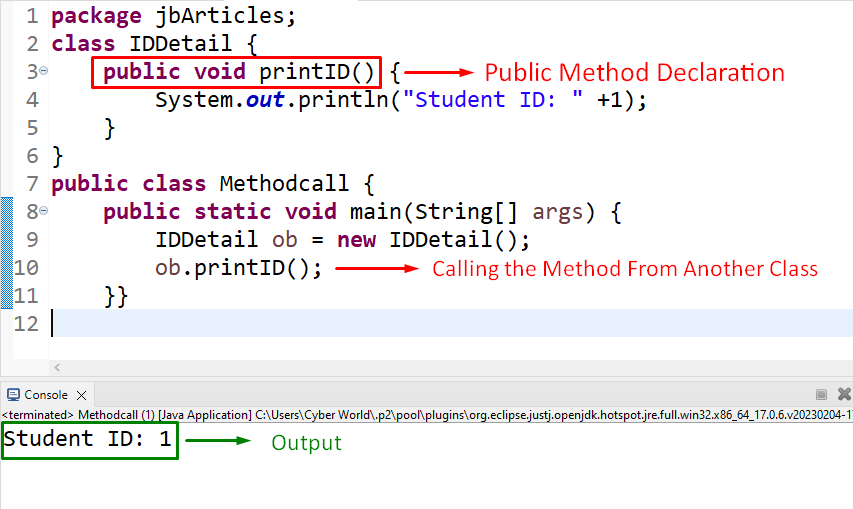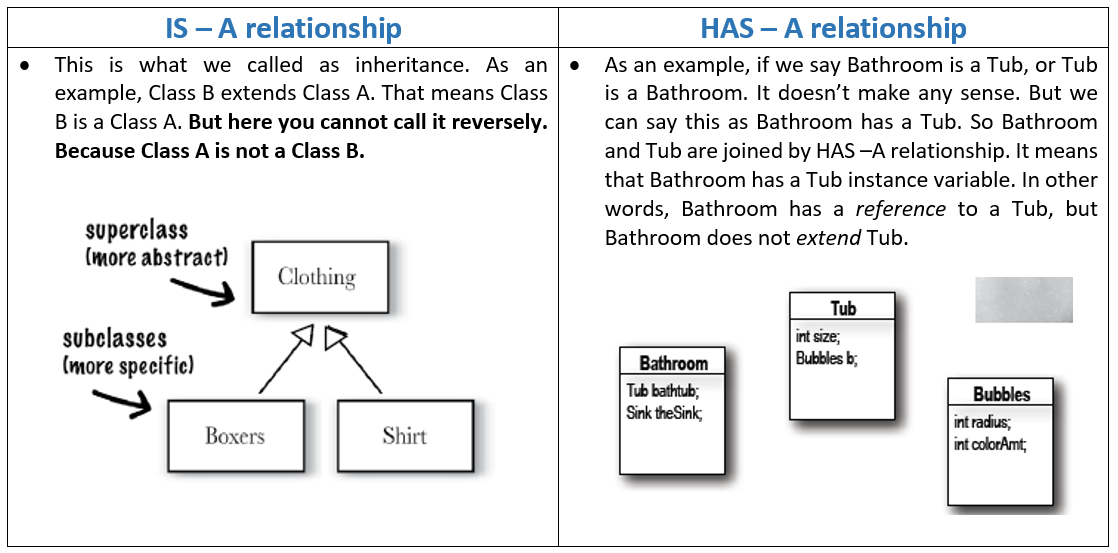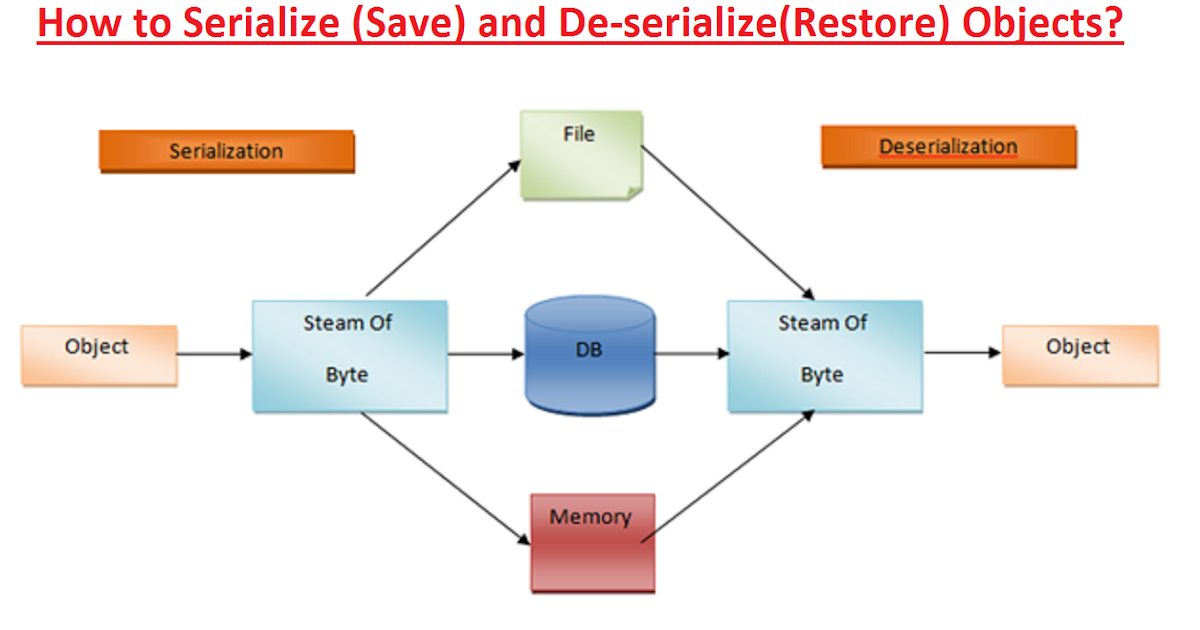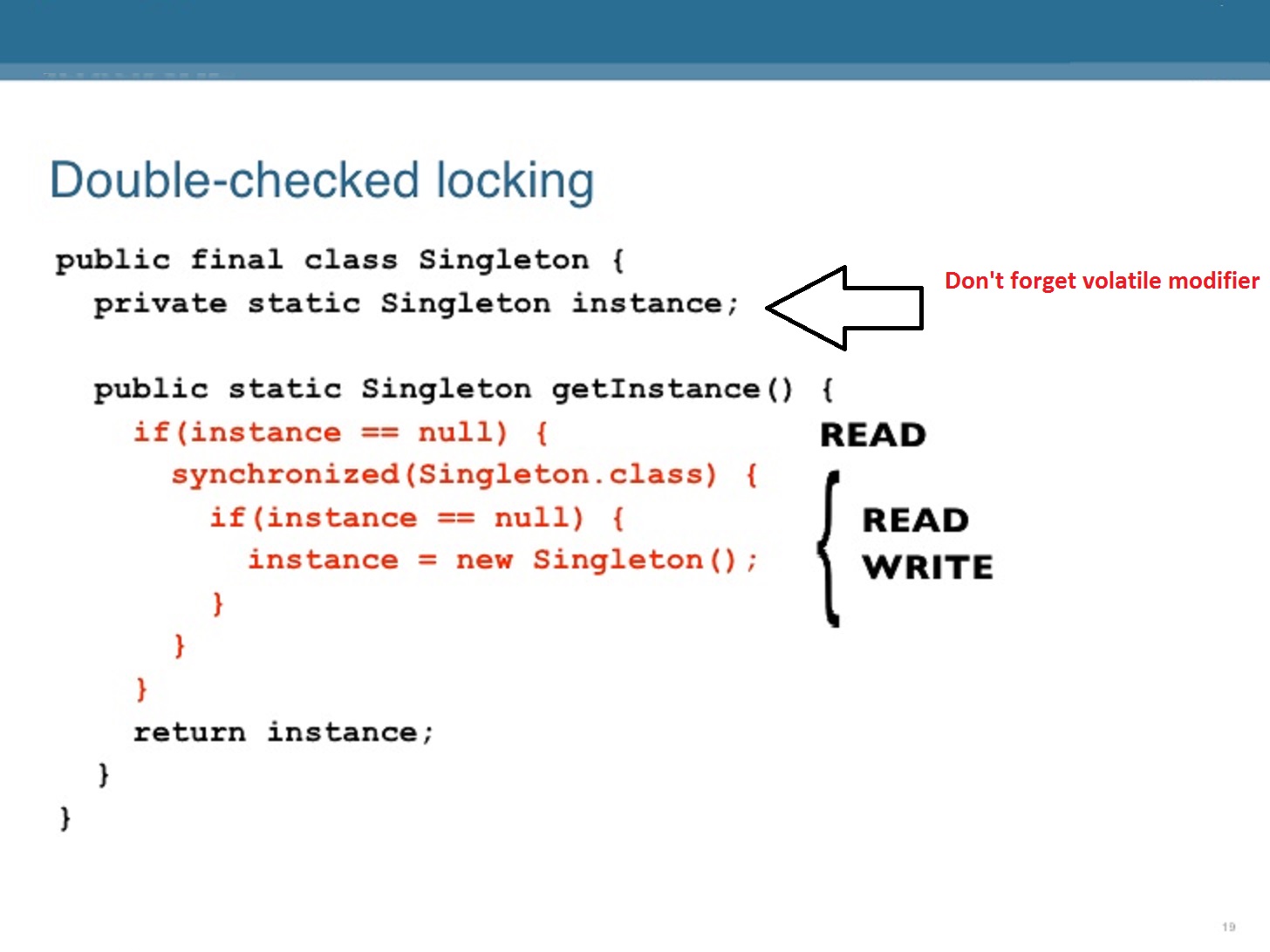Java singleton tutorial
Java singleton tutorial
Here is a Java Singleton Tutorial:
What is a Singleton?
A Singleton is a design pattern that ensures only one instance of a class can exist at any given time. In other words, it restricts the instantiation of the class to a single object.
Why Use Singleton?
Singletons are useful when you want to ensure that a specific class has only one instance throughout the entire application. This is particularly useful for classes that:
Represent a unique resource (e.g., a database connection) Manage shared data or state Provide a centralized point of access to certain functionalityJava Singleton Implementation
Here's a basic implementation of a Singleton class in Java:
public class MySingleton {private static MySingleton instance = null; // singleton instance variable
// private constructor ensures only one instance can be created
private MySingleton() {}
public static MySingleton getInstance() {
if (instance == null) { // check if the instance has been created
instance = new MySingleton(); // create a new instance
}
return instance; // return the existing instance or newly created instance
}
}
How Does it Work?
Here's a step-by-step explanation of how the Singleton pattern works:
TheMySingleton class has a private constructor, which means that no external code can instantiate the class. The instance variable is declared as static and initialized to null. This ensures that there are no instances created at runtime. When the getInstance() method is called, it checks if the instance variable is null. If it is, a new instance is created using the private constructor. The newly created instance is then assigned to the instance variable. This ensures that only one instance of the class exists at any given time.
Benefits
The Singleton pattern provides several benefits:
Control over instantiation: You can ensure that there's only one instance of a class, which is useful for managing shared resources or state. Lazy initialization: ThegetInstance() method creates an instance only when it's actually needed, which improves performance and reduces memory usage. Thread-safe: If the Singleton pattern is implemented correctly, it can be thread-safe, ensuring that multiple threads don't create multiple instances of the class.
Common Pitfalls
When implementing a Singleton in Java, you need to be aware of some common pitfalls:
Lazy initialization can lead to performance issues: While lazy initialization is useful for reducing memory usage and improving performance, it's essential to ensure that the instance is created quickly enough to avoid performance bottlenecks. Thread-safety can be a challenge: If not implemented correctly, the Singleton pattern can lead to thread-safety issues, which can cause unexpected behavior or errors.Conclusion
In this tutorial, we explored the basics of the Singleton design pattern in Java. We learned how to implement a basic Singleton class, including the private constructor and static instance variable. We also discussed the benefits and pitfalls of using the Singleton pattern and provided guidelines for implementing it correctly. With this knowledge, you'll be better equipped to manage shared resources and ensure that your code is efficient, thread-safe, and easy to maintain.
What is the difference between singleton and immutable in Java?

In Java, both Singleton and Immutable are design patterns used to solve specific problems related to object creation and manipulation.
Singleton:
A Singleton class is a class that ensures only one instance of itself exists throughout an application's lifetime. The goal of the Singleton pattern is to provide global access to this single instance.
Here's how it works: when the first client requests an instance of the Singleton, the system creates a new instance and then subsequent clients get a reference to this existing instance. This approach ensures that only one object is created, and all other requests are satisfied with a reference to this one instance.
The main characteristics of a Singleton class are:
Only one instance is allowed to exist at any given time. This instance is globally accessible. Subsequent requests for the same Singleton class create references to the existing instance rather than creating new ones.Immutable:
An Immutable object is an object whose state cannot be changed once it's created. In other words, an immutable object is one that cannot be modified or updated after its creation.
Here are some key characteristics of an immutable object:
The state of an immutable object is fixed and unchangeable. No method can modify the state of an immutable object. All modifications must be done by creating a new instance of the same class.In Java, immutability can be achieved in different ways such as using private final fields, or by making all methods that modify the state of an object throw an exception, making it impossible to change the state.
Differences between Singleton and Immutable:
Purpose: The main goal of a Singleton is to ensure only one instance exists, while immutability ensures that the state of an object cannot be changed. State Change: In a Singleton class, the state can be changed when new instances are created, whereas in immutable objects, the state is fixed and cannot be modified after creation. Object Creation: A Singleton class always creates only one instance at most, while immutable objects can have multiple instances with different states.Conclusion:
In summary, both Singleton and Immutable patterns are used to control object creation or modification but serve distinct purposes. Singleton ensures that there's only one instance of a class throughout the application, whereas immutability ensures that an object's state cannot be changed after its creation. Understanding these patterns can help developers create robust and maintainable code.
Word Count: 312
